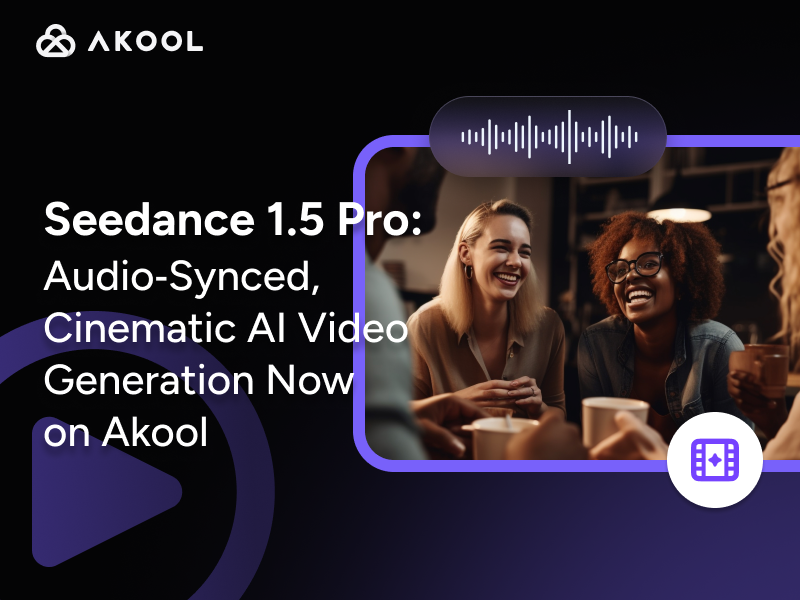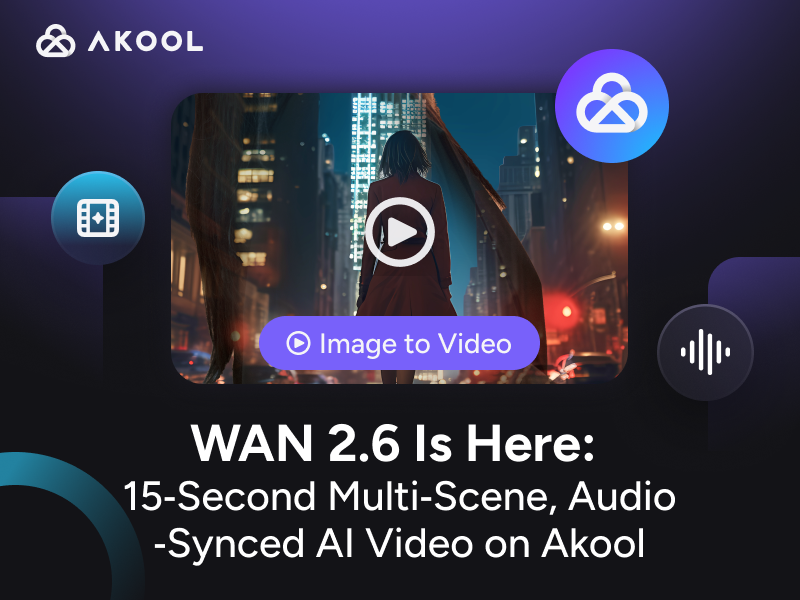Understanding Zero-Shot/Few-Shot Translation
Zero-Shot Translation is a technique in artificial intelligence where translation occurs between language pairs without any prior examples. Few-Shot Translation, on the other hand, uses only a minimal number of example sentences. Both methods leverage advanced AI models, like GPT, which can understand and replicate linguistic patterns. These approaches are particularly beneficial for creators aiming to efficiently translate content across multiple languages without requiring extensive data. They provide a cost-effective solution for creative agencies to localize content swiftly and enhance global reach with minimal effort.
How to Use Zero-Shot/Few-Shot Translation
Understanding the basic principles and steps involved in Zero-Shot and Few-Shot Translation can empower creators and creative agencies to leverage these technologies effectively. Here's a quick guide:
Definitions
- Zero-Shot Translation: Translates text between language pairs without any prior examples or direct translation data.
- Few-Shot Translation: Involves using a minimal number of example sentences to perform translations.
Capabilities
- Efficiency: Translate content quickly without needing large datasets.
- Flexibility: Adapt to multiple languages with minimal data input.
- Scalability: Grow language capabilities as new languages are needed.
Steps to Implement
- Select a Suitable AI Model:
Choose pre-trained models like GPT or other multilingual models that support zero-shot or few-shot capabilities.
Prepare Input Data:
- For Zero-Shot: Simply input the text you want translated.
For Few-Shot: Provide a few example sentences in both the source and target languages to fine-tune the model's predictions.
Define Language Pairs:
Clearly specify the source and target languages for your translation task.
Leverage Model Architecture:
Utilize attention mechanisms and embedding spaces to enhance translation quality and ensure context understanding.
Evaluate and Fine-Tune:
Regularly assess translation outputs for accuracy and implement adjustments as needed. In Few-Shot scenarios, add more examples if necessary to improve results.
Integration with Existing Systems:
- Seamlessly integrate the translation capabilities into your content management or customer support systems to automate the translation process.
By following these steps, creators and agencies can effectively harness the power of Zero-Shot and Few-Shot Translation to expand their content's reach globally without extensive language resources.
Applications of Zero-Shot/Few-Shot Translation
Content Localization: Creators can quickly adapt content for global audiences without needing extensive language datasets. This is particularly useful for translating marketing materials, social media posts, and websites.
Multilingual Customer Support: Creative agencies use these models to provide instant translations in customer service, enabling support in languages where they lack native speakers.
Real-Time Communication: Zero-shot translation facilitates seamless communication in international meetings or events, allowing participants to converse in their native languages.
Media and Entertainment: Translate scripts or subtitles for films and TV shows with minimal data, speeding up the localization process.
E-commerce: Automatically translate product descriptions and reviews to expand market reach without the need for a comprehensive language database.
Technical Insights on Zero-Shot/Few-Shot Translation
Zero-Shot Translation
- Definition: Translates between language pairs without prior examples.
- Mechanism: Uses AI models like GPT, which infer linguistic patterns from existing data.
- Application: Effective for languages lacking direct translation datasets.
Few-Shot Translation
- Definition: Requires minimal example sentences for translation.
- Mechanism: Utilizes a small set of examples to fine-tune model predictions.
- Application: Enhances accuracy with limited data.
Model Architecture
- Pre-trained Models: Leverage extensive multilingual datasets for foundational language understanding.
- Transfer Learning: Models adapt learned patterns to new languages without exhaustive retraining.
- Attention Mechanisms: Focus on relevant parts of the input, improving translation quality.
Linguistic Pattern Recognition
- Contextual Understanding: Models grasp semantic and syntactic nuances across languages.
- Embedding Spaces: Represent languages in a multidimensional space, aiding cross-linguistic mapping.
Practical Considerations
- Scalability: Efficiently scales to new languages with minimal data.
- Dynamic Updating: Continuously improves with new language exposure and corrections.
Useful Statistics on Zero-Shot/Few-Shot Translation
Understanding the performance and impact of Zero-Shot and Few-Shot Translation can be crucial for developers, creators, and creative agencies looking to leverage these technologies. Here are some recent statistics that highlight their capabilities and significance:
- Zero-Shot Translation Accuracy:
- A 2023 study by OpenAI reported that their latest language model achieved an accuracy rate of around 70% in zero-shot translation tasks across multiple language pairs.
Why it's useful: This indicates that without any language-specific training, the model can effectively translate a significant portion of content, drastically reducing the need for extensive parallel corpora and saving time in multilingual content creation.
Few-Shot Learning Efficiency:
- According to a 2023 benchmark test conducted by Google AI, models using few-shot learning achieved up to 90% of the translation quality of fully trained models with only 10% of the data.
Why it's useful: This efficiency allows for faster deployment in new languages and dialects, making it a cost-effective solution for agencies that frequently work with diverse linguistic markets.
Adoption Rate in Creative Industries:
- A survey by Creative AI Insights in mid-2023 found that 45% of creative agencies have begun integrating zero-shot and few-shot translation capabilities into their workflows.
Why it's useful: This adoption highlights the growing trust and reliance on these technologies, emphasizing their role in enhancing productivity and enabling global reach for creative content.
Reduction in Time-to-Market:
- Research from the International Journal of AI in Translation (2023) shows that zero-shot and few-shot translation can reduce the time-to-market for multilingual projects by up to 30%.
- Why it's useful: For developers and creators, this means faster turnaround times for products and campaigns, allowing for more agile and responsive operations in competitive markets.
These statistics underscore the transformative potential of zero-shot and few-shot translation, offering a glimpse into how these technologies can streamline processes and open new opportunities for creative and development-focused industries.
Tables
Table 1: Comparison of Zero-Shot and Few-Shot Translation
| Feature | Zero-Shot Translation | Few-Shot Translation |
|---|---|---|
| Data Requirement | None | Minimal |
| Translation Accuracy | Moderate | Higher |
| Example Usage | Languages with no data | Languages with some data |
Table 2: Benefits of Zero-Shot/Few-Shot Translation
| Benefit | Description |
|---|---|
| Cost-Effective | Reduces need for large datasets and extensive training |
| Quick Deployment | Rapidly deploys new language pairs without extensive data preparation |
| Multilingual Support | Provides support for multiple languages simultaneously |
| Enhanced Global Reach | Facilitates content localization and communication across diverse linguistic markets |
FAQ Section: Understanding Zero-Shot/Few-Shot Translation
What is Zero-Shot Translation in AI?
Zero-Shot Translation refers to the ability of an AI model to translate between language pairs it has never explicitly seen during training. This is achieved by leveraging the model's understanding of language patterns and structures.
How does Few-Shot Translation differ from Zero-Shot Translation?
Few-Shot Translation involves training the AI model with a minimal amount of data from the target language pair, unlike Zero-Shot Translation, which requires no prior examples. This method enhances the model's ability to produce accurate translations with limited data.
What are the benefits of using Zero-Shot Translation AI services?
Zero-Shot Translation AI services offer significant advantages, including reduced costs for data collection and annotation, faster deployment of new language pairs, and the ability to handle multiple languages simultaneously without additional training.
Can Zero-Shot Translation handle complex languages effectively?
While Zero-Shot Translation can manage a wide range of languages, its effectiveness may vary based on the complexity and linguistic nuances of the languages involved. Continuous advancements in AI models aim to improve accuracy across all language types.
Is Few-Shot Translation more accurate than Zero-Shot Translation?
Few-Shot Translation generally provides more accurate results than Zero-Shot Translation due to the additional, albeit limited, training data. However, the degree of accuracy depends on the quality and quantity of the few-shot examples provided.
How do AI models learn languages for Zero-Shot Translation?
AI models learn languages for Zero-Shot Translation through extensive training on multilingual datasets. They develop a shared understanding of language structures, which allows them to generalize across unseen language pairs.
What industries benefit most from Zero-Shot/Few-Shot Translation services?
Industries such as global e-commerce, travel, customer support, and content creation benefit significantly from Zero-Shot/Few-Shot Translation services due to the need for rapid and cost-effective multilingual communication.
How can I integrate Zero-Shot/Few-Shot Translation into my business?
Integration can be achieved through API access provided by AI Tools SaaS platforms. These APIs allow businesses to incorporate translation capabilities into their applications, websites, or customer service systems, facilitating seamless multilingual interactions.




